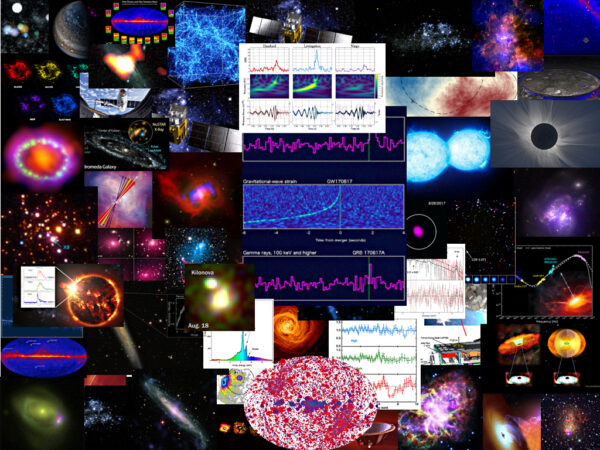Tag Astrophysics
This tutorial is meant to complement the first lecture of the course High Energy Astrophysics. Here you can practice your knowledge of the topic after completing Lecture 1. Sometimes you will find some collapsable/expandable paragraphs marked in blue (questions) or… Continue Reading →
The European Space Agency has made its final decision: the M3 class mission that will fly in the next decade is the exoplanet mission PLATO. The LOFT observatory, a competing high energy mission, arrived close second and will not be funded in… Continue Reading →
(Update: one paper is now published http://iopscience.iop.org/2041-8205/781/1/L3/) Today I’d like to tell a brief story and discuss three recent papers accepted or submitted to The Astrophysical Journal & The Astrophysical Journal Letters (and make some self-promotion as I’ve been involved… Continue Reading →
Turbulence is a common chaotic phenomenon that everyone has certainly experienced: you witness the development of turbulence when you stir a coffee too vigorously or watch the smoke of a cigarette or feel the aeroplane going up and down. What… Continue Reading →
Triggered by the idea of J. Hessel while I was working at ASTRON, I decided to create a new pulsar catalog that includes all radio, gamma, and accreting millisecond pulsars known. The list is updated but of course omissions and… Continue Reading →
I am mostly an observer working in the field of high energy astrophysics, doing experiments and performing observations with space and ground-based telescopes. However, once in a while I also like very much to use numerical codes to solve complex… Continue Reading →
Astronomy is a very fast evolving science and astronomers have always been at the forefront when using the latest web technologies. We astronomers use the SAO/NASA Astrophysics Data System (ADS), a great bibliographic database that contains an enormous amount of… Continue Reading →
